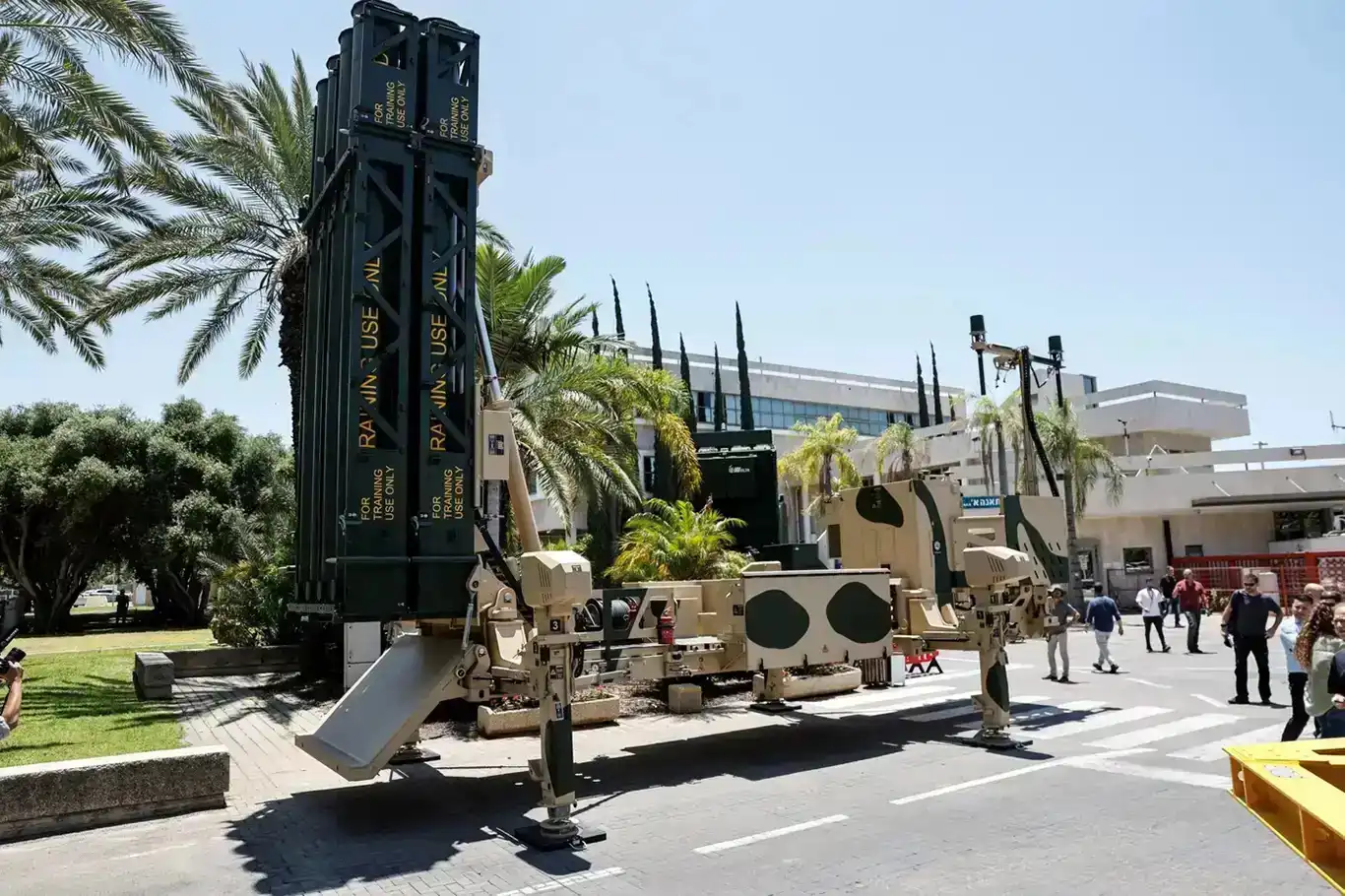Israel deploys Barak MX radar in Cyprus, extending surveillance reach to Turkish coast


Israeli regime has deployed its advanced "Barak MX" air defense system in southern Cyprus, establishing a powerful radar network capable of monitoring Turkish military and civilian movements along the nation's southern coastline.
This deployment is widely perceived as a key element in a broader strategy to encircle Türkiye, prompting Ankara to accelerate its own defensive preparations.
The deployment was visually confirmed in early September when video evidence, later verified by authorities in southern Cyprus and international media outlets, showed a truck transporting Barak MX components through the port of Limassol. According to the Cyprus-based site "Reporter," the system's delivery is now complete and it is expected to become fully operational within the year.
The placement of the Barak MX solidifies a growing military and strategic alliance between the Israeli regime and the Greek Cypriot administration. This marks a departure from historical norms; in the 1960s, Cyprus maintained a non-aligned foreign policy, fostered close ties with Arab nations, and recognized the state of Palestine.
However, the discovery of offshore gas reserves, regional realignments, and escalating tensions with Türkiye have driven Nicosia and Tel Aviv closer. This relationship intensified significantly following the 2010 Mavi Marmara incident, after which Israel actively sought new strategic partners in the region, notably Cyprus and Greece. Since 2014, this has translated into deepened military cooperation, including joint air exercises and Israeli arms sales to Cyprus, ranging from Tavor rifles and drones to Merkava tanks.
The Barak MX system represents a top-tier air defense capability. Its modular design and three-layered missile system allow it to counter a wide spectrum of threats—from drones to cruise missiles and fighter aircraft—at ranges of up to 150 kilometers. Its 360-degree vertical launch capability and advanced active radar make it particularly effective against low-observable targets.
Critically, the system is integrated into Israel's broader C4ISR (Command, Control, Communications, Computers, Intelligence, Surveillance, and Reconnaissance) network. This integration means that radar data collected in Cyprus can feed directly into Israeli intelligence, providing unparalleled early warning and enhancing operational planning capabilities. This creates a strategic "claw" around Türkiye, with Greek air power to the west and Israeli radar coverage to the south, potentially limiting Ankara's operational freedom in the Eastern Mediterranean.
Faced with this development, Türkiye is not standing idle. Ankara has responded by accelerating the deployment of its own strategic assets, including the much-discussed Russian-made S-400 air defense systems and the domestically developed long-range "Siper" air defense system.
Türkiye maintains a significant military presence of 35,000-40,000 troops in Cyprus, which is now being reinforced with advanced air defense and coastal missile systems. Rather than seeking a direct confrontation with the Barak MX, Türkiye's strategy appears to be one of layered deterrence and technical countermeasures. This involves leveraging a suite of assets—including Atmaca anti-ship missiles, land-based missile systems, a sophisticated drone fleet, and electronic warfare capabilities—to overwhelm or neutralize the system's effectiveness in a potential conflict scenario.
This strategic posturing by both sides underscores a new and volatile chapter in the Eastern Mediterranean's security landscape, where technological one-upmanship and alliance-building are redrawing the lines of deterrence. (ILKHA)
LEGAL WARNING: All rights of the published news, photos and videos are reserved by İlke Haber Ajansı Basın Yayın San. Trade A.Ş. Under no circumstances can all or part of the news, photos and videos be used without a written contract or subscription.
One year has passed since Yahya Sinwar, the legendary leader of Hamas in the Gaza Strip, was martyred in a direct confrontation with Israeli forces in Rafah.
Two years have passed since the morning that forever altered the course of the Palestinian struggle — the dawn of October 7, 2023, when the besieged enclave of Gaza broke through its prison walls in a thunderous uprising now etched into history as Operation Al-Aqsa Flood.
Two years after October 7, 2023, the Gaza Strip stands as a scar on the conscience of humanity — a living graveyard of shattered lives, silenced voices, and enduring resistance.